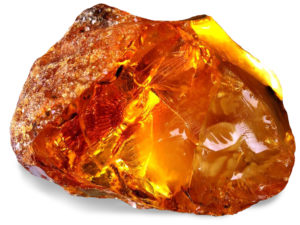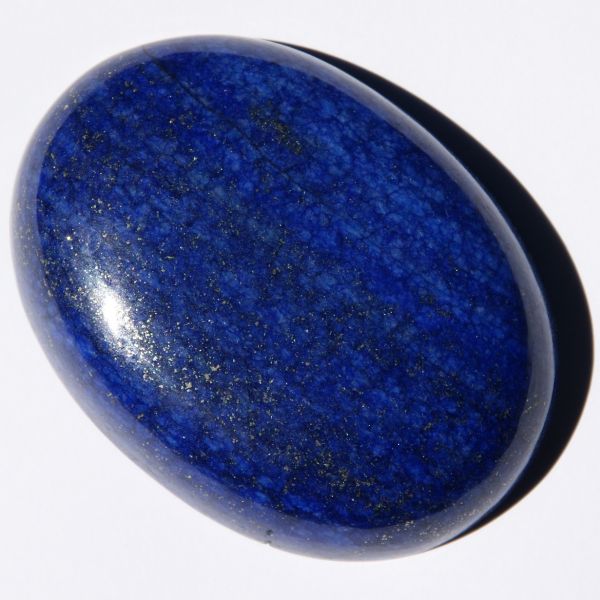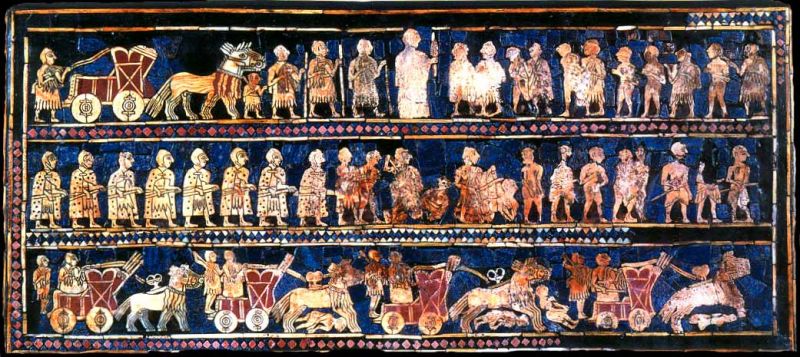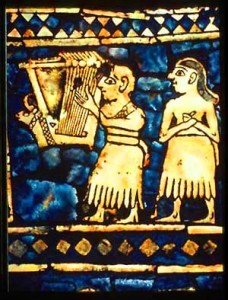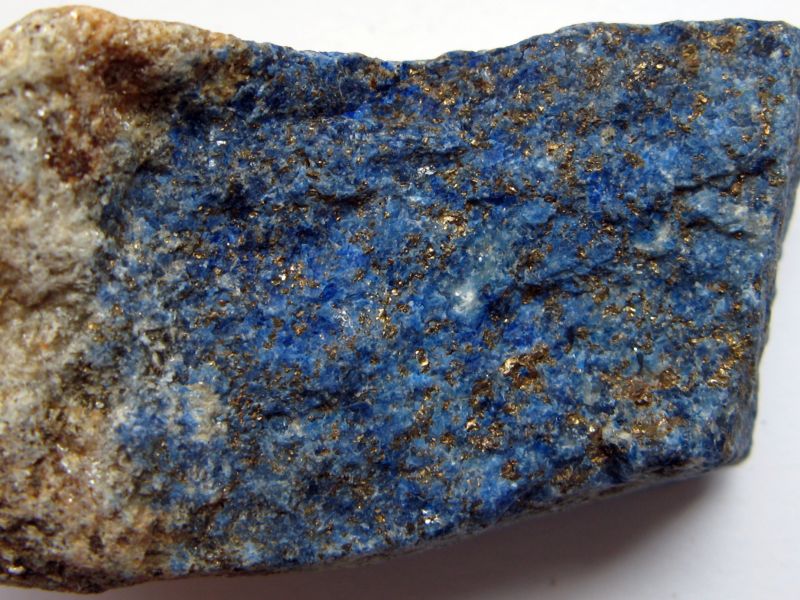Crystal History Series : Amethyst
Amethyst Origin
Amethyst is a semi-precious stone that derives its name from the Ancient Greek word “μέθυστος méthystos” denoting drunkenness.
This was in reference to the belief that Amethyst protects its owner from becoming inebriated. A stone worn on the body had a sobering effect, not only for the inebriation but in over-zealousness in passion. The religious leader’s often worn Amethyst to keep them grounded in spiritual thought.
This exquisite crystal was used as gemstones by the ancient Egyptians, while the European soldiers wore amulets, therefore they believed it would protect them, heal them and keep them calm.
Amethyst is a variety of Quartz, the second most abundant mineral in the earth’s crust after feldspar, which gets its violet colour due to the iron impurities and presence of trace elements.
Colour varies from light pinkish violet to deep purple.
The highest grade of Amethyst – “Deep Russian” – is very rare and valuable.
Natural Amethyst is dichroic in reddish and bluish violet but when heated turns yellow-orange, yellow-brown or dark brownish. Even partially heated amethyst turns into ametrine.
Physical
Boosts the production of hormones, stimulates the spathic nervous system and endocrine glands, blood oxygenation, digestive tract, hearing disorders, insomnia heart and stomach.
Strengthens the immune system and is wonderful as an elixir for arthritis. So it is good for the skin, alleviates pain, tension and lowers high blood sugar.
Emotional
Helps ease mental anxieties, identify negative behaviours, habits and emotional patterns, especially in overcoming addictions.
It promotes awareness, a sense of judgement, constructive thinking and acting.
Spiritually aids alertness, justice and an overall sense of inner peace.
Short Attributes
- Purifies the aura of negative energy and places a protective light shield around the body
- Provides the clarity of thought
- Aids with the relief of OCD (Obsessive Compulsive Disorder) and hyperactivity
- Brings calmness to an angry mind and soothes anxiety
- Centres those who are stressed or overwhelmed
- Helps with addiction and intoxicated drivers
- Aids the digestive tract as well as heart, stomach and skin
- Reduces pain, swelling and heals bruising
- Relieves headaches and reduces nervous tension
Read More
Crystal History Series : Amber
Amber Origin
Amber is fossilised tree resin, appreciated for its colour and natural beauty since ancient Neolithic times.
It is used for decorative pieces, jewellery, as an ingredient in perfumes and as a healing agent.

The molecular polymerisation occurs during high pressure and heat by overlying sediment transforms the resin into copal, continually heat rids terpenes and results in the formation of amber. Amber can sometimes retain its formation of drops or stalactites, lumps and irregular forms if found in hollow cavities or cracks in trees.
Amber is heterogeneous in composition but consists of resinous bodies. The decomposition occurs when heated above 200 degrees Fahrenheit.
It is usually a yellow-orange-brown colour but can range from a whitish, pale-lemon yellow, brown and even black.
Physical
Helps the stomach, spleen gallbladder, liver, joints, skin, mucous membranes, glands and intestine; aids teething in children, helps with allergies, rheumatism and diabetes.
Emotional
Helps adopt a carefree spirit, increases cheerfulness and trust, strengthens belief in oneself. It removes self-imposed obstacles and imparts a positive attitude that is fuelled by self-confidence. Draws out negative energy from the body and purifies the heart and spirit.
Short Attributes
Read More
Crystal History Series : Agate
Agate Origin
Agate derives its name from the Greek philosopher and naturalist who discovered the stone along the river Achates’ shoreline in the 3rd century BC.
Many colourful agates and chalcedonies were obtained from the river now called Dirillo in Sicily.
Evidence from the Neolithic period suggests that it was used as healing amulets and ornamentation. The ancient Greeks and Egyptians adopted it for medicinal and healing purposes, which spread to other civilisations in time.
It occurs as nodules in volcanic rocks or lavas and as volatiles in the molten mass. When the Agate fills veins in volcanic rock and underlain with granite, it appears as banded, riband and striped agate. It is recognised by its fineness of grain and brightness of colour.
Agates are common in merit, usually banded in layers, or stripes, eye markings, colour specks which vary from fossilized inclusions to solids. The concentric bands portray every colour the earth can produce, including a colourless form.
There are many forms of Agate, and they include:
- Blue Lace
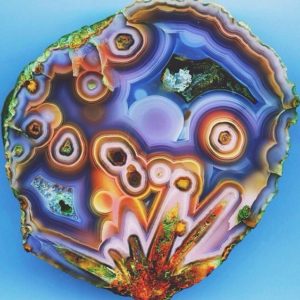
- Crazy Lace
- Dendritic
- Fire
- Laguna
- Moss
Mental
Blue Lace Agate dissolves internal tension, brings peace of mind, counteracts suppression of fear of judgement and rejection, reduces stress and neutralises anger.
It improves concentration, perception and analytical abilities.
Emotional
Agate has a low intensity and vibrates at a lower frequency, so it stabilises and strengthens gemstone.
It balances emotional, physical and intellectual energy as it offers inner stability, composure and maturity. This gorgeous crystal supports a sense of reality and pragmatic thinking whilst assisting the soul with protection, warmth, security and self-confidence.
Agate aids self-analysis, self-acceptance, self-confidence and speaking the truth.
Physical
Agate offers protection during pregnancy and helps the mother avoid the “baby blues”. A jewel worn between the breasts encourages lactation. It controls overindulgence and assists with multiple commitments.
Blue Lace Agate helps with skin disease, reduces inflammation and promotes regeneration and growth. It is the pregnancy stone for mother and child. Also, it aids disease in the eyes, stomach (gastro and ulcers) and bladder, and intestinal inflammation.
Wearing it in the middle of one’s chest can strengthen the cardiac muscles healing emotional disharmony.
It is great for arthritic conditions and straightens the skeletal system. It aids the uterus’s disease, protects from prolapse of the uterus and encourages normal shrinkage of the uterus after childbirth.
Short Attributes
Read More
Crystal History Series: Lapis Lazuli Insight
With a mining history dating as far back as the 7th Millennium BC in the Sar-i-Sang mines in the Badakhstan region of northeast Afghanistan, Lapis Lazuli has garnered popular appeal from multitudes through the ages.
The exquisitely deep blue stone, often attractively flecked with the gold hue of pyrite, has been used time and time again through civilisations, for decorative, ornamental and practical purposes to fortify the belief of the mineral according to the wearer.

Lapis Lazuli long been considered to have been the fifth stone in the original breast plate of the high priest and has also, throughout the ages, been linked to famous artistry due to its vibrant colour being utilised as a pigment for early paintings and crafted sculpture.
This is just the tip pf the iceberg though, there are so many references to the beauty and uses of Lapis Lazuli throughout history that define it as a stone that held significance for many.
This is not an extensive history of the Lapis Lazuli crystal, rather a dip into the myths and facts that have fascinated the team at International Crystals which we thought we would share with you!
Lapis Lazuli in Mesopotamia
Dating back to the Neolithic Age, Lapis Lazuli has been sourced from Afghanistan and used as export and trade to the Mediterranean and southern Asia. Bead of Lapis Lazuli have been discovered on the ancient trade routes between Afghanistan and the Indus Valley.
The mineral was also used for ornamentation in the ancient Mesopotamian Sumerian City-State and artefacts were discovered in the Royal tombs of Ur that highlight the use of Lapis Lazuli at the time. The excavations took place between 1922 and 1934 and were led by the archaeologist Sir Charles Leonard Woolley who, amongst the 1850 burials unearthed, discovered 16 that were regarded as the Royal Tombs and contained the historical artefact, The Standard of Ur.

The Standard of Ur is an intriguing mosaic that was discovered in a tomb associated with Ur-Pabilsag; a king who was said to have died around 2500 BC. It was found in a corner of the chamber close to a man with a pole, lending the assumption that the mosaic had previously been affixed to it, which is why Woolley gave it the name it is known by now; The Standard of Ur.
 The mosaic of the standard used was crafted by materials that included Lapis Lazuli and shell with the mosaics cemented together by bitumen glue. The recovered mosaics depicted scenes of war and peace. War was interpreted to have described early representations of the Sumerian army and their battle and capture of the enemy. The captured enemy appeared in naked form on the mosaics as this was how Mesopotamia, at the time, symbolised death with nakedness.
The mosaic of the standard used was crafted by materials that included Lapis Lazuli and shell with the mosaics cemented together by bitumen glue. The recovered mosaics depicted scenes of war and peace. War was interpreted to have described early representations of the Sumerian army and their battle and capture of the enemy. The captured enemy appeared in naked form on the mosaics as this was how Mesopotamia, at the time, symbolised death with nakedness.
The Peace mosaic depicted the King hosting a banquet at which there appears to be a lyricist or musician to provide the entertainment. Other images showed men drinking from cups and the food of the time such as small fish. A fascinating insight into history embedded with the still vibrant blue of the Lapis Lazuli!
Lapis Lazuli in the Egyptian Era
 Across the Mediterranean in ancient Egypt, lapis lazuli was a popular stone for use in ancient scarabs which have been a widely used source of historical interpretation for historians due to the carvings and inscriptions on them which have stood the test of time.
Across the Mediterranean in ancient Egypt, lapis lazuli was a popular stone for use in ancient scarabs which have been a widely used source of historical interpretation for historians due to the carvings and inscriptions on them which have stood the test of time.
Lapis Lazuli has also been discovered in Pre-Dynastic Egyptian sites. Pre-dynastic refers to the time from the earliest settlements until the time of the first Pharaoh Narmer around 3100 BC.
A site near Naqada on the Western banks of the Nile unearthed artefacts that included ornamentation inlaid with the deep blue of lapis lazuli that dated back to the insightful Naqada culture of the time. The image shows a bone sculpture recovered from Naqada inlaid with the startling blue eyes of the lapis lazuli.

The lapis lazuli mineral was used widely in Egyptian culture in a variety of ways. As well as the scarabs, it was also used in pendants and amulets and other jewellery. It was also used extensively as a pigment as it was ground into powder for use as dyes and even eye shadow. (It was said the Cleopatra adorned her eyes with the blue pigment.) The dyes were used on the garment cloths of Royalty and priests as it was said to define their status as aligned with the Gods.
The burial tombs of ancient Egyptian Kings and Queens were infused with ornaments that were embedded with lapis lazuli; this included the inlaid ornamentation of the golden sarcophagus of King Tutankhamen. As noted by the crystal author, Raphaell, the Egyptians believed that the vibrant blue of the mineral was a stark contrast spiritually to the desert sand landscape of their environment and the pyrite flecks of gold mirrored the stars in the night sky. They believed that by meditating with these colours, the spiritual vibrations and forces would transform their lives.

The author also indicates that the lapis lazuli mineral was used to heal through medicinal creations. As the Egyptians believed that the soul was housed in the brain and existed in the mind, they thought of lapis lazuli as a soul purifier and a healer of the mind. The stone was ground into powder and mixed with gold and used as a poultice placed on top of the head to draw out any existing demonic possession of a person. Sometimes a hole was actually drilled into the skull and the medicinal mixture poured into the head!
 Lapis Lazuli on Vermeer’s Girl with the Pearl Earring
Lapis Lazuli on Vermeer’s Girl with the Pearl Earring
We had to mention the use of Lapis Lazuli in the revered and iconic painting by the Dutch painter, Vermeer!
At the time the Girl with the Pearl Earring was painted in the mid seventeenth century, most artists were using the cheaper, azurite, for the blue pigmentation in their art. Vermeer however chose to use the highest quality paints which are thought to have been hand ground by himself, even though there were signs of paints starting to be produced about this time.
Used on the turban of the Girl with a Pear Earring, the first coat was a mixed opaque palette of white lead with the ultra-marine blue of lapis lazuli and then this was glazed with a very thin layer of the startling blue mineral pigment. Thus creating the iconic picture that is instantly recognisable today!
Read More











 0 items in cart
0 items in cart 